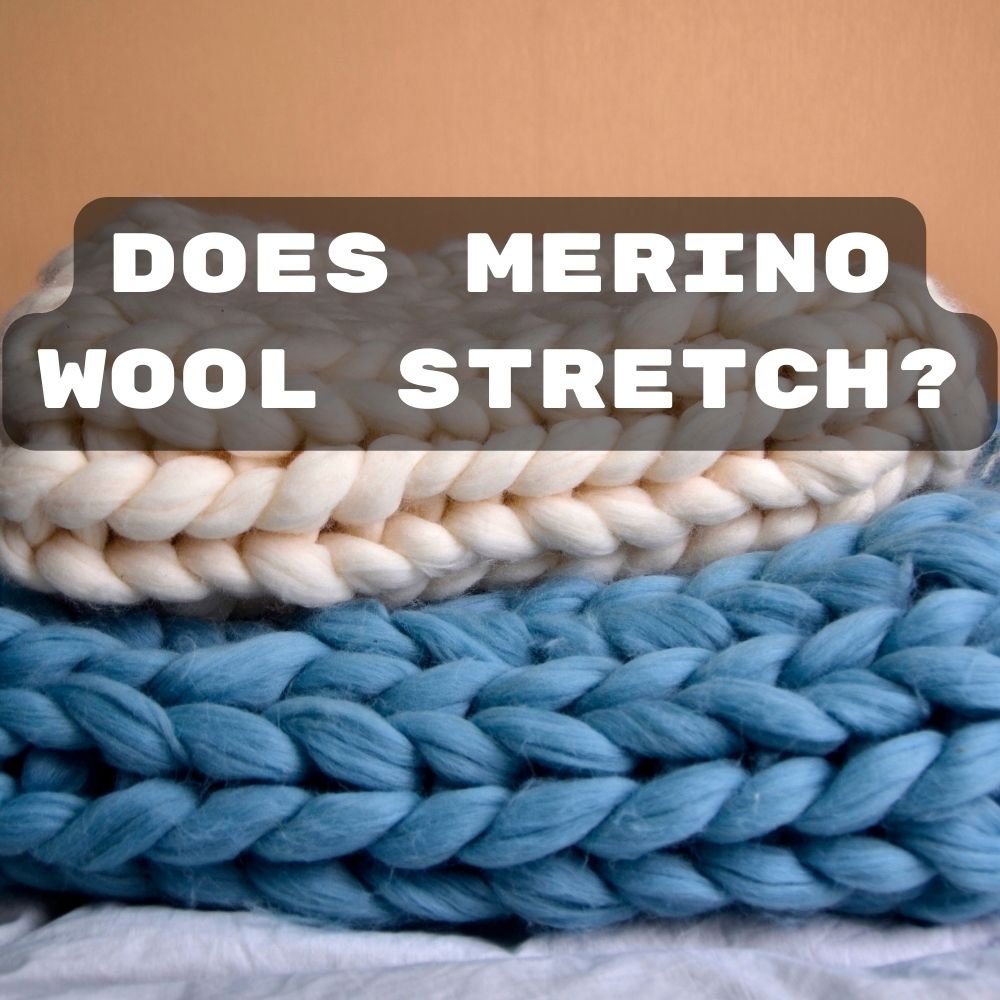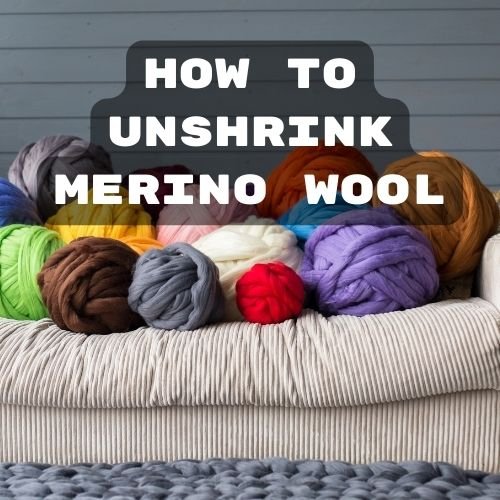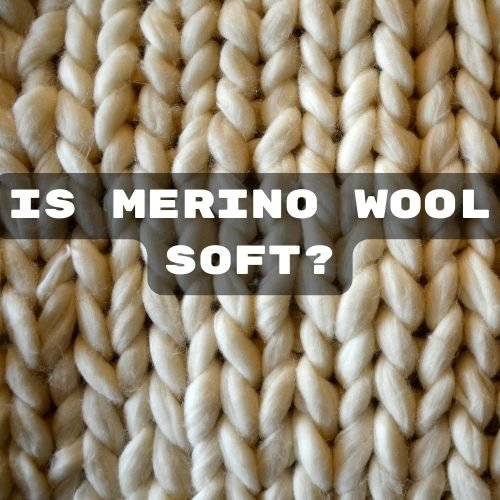Does Merino Wool Stretch?
In the vast realm of natural fibers, Merino wool stands out as a superstar. Prized by fashion icons, outdoor adventurers, and eco-conscious consumers alike, its unique blend of softness and strength is unparalleled. But one question that often arises is: does Merino wool stretch over time? Let’s dive deep into the fascinating world of Merino wool and uncover its secrets.
The Nature of Merino Wool
What is Merino Wool?
Hailing from the Merino sheep, predominantly found grazing the terrains of Australia and New Zealand, this type of wool is softer, finer, and more breathable than your average wool. Its unique texture lends a luxurious touch to garments, making them not just comfortable but also chic.
Comparison of Different Wool Types
| Wool Type | Softness | Elasticity (Stretch) | Breathability | Moisture Absorption | Durability |
|---|---|---|---|---|---|
| Merino Wool | High | High | High | High | High |
| Cashmere | Very High | Medium | High | Medium | Medium |
| Alpaca | High | Medium | Medium | High | High |
| Angora | Very High | Low | Medium | Low | Low |
| Yak | Medium | Medium | Medium | Medium | Medium |
| Regular Sheep Wool | Medium | Medium | Medium | High | High |
Structure of Merino Wool Fibers
Every strand of Merino wool is a marvel of nature. These fibers have a multi-layered cellular structure. The core absorbs moisture, while the outer layer repels it, making Merino both breathable and moisture-wicking. The inherent crimps in the fibers give Merino its natural stretchiness, setting it apart from other types of wool.
Understanding Stretch in Fabrics
What Does “Stretch” Really Mean?
Stretch isn’t just about a fabric’s ability to expand; it’s also about its capacity to return to its original form. When we talk about fabric “stretching,” it can refer to either temporary elasticity or permanent deformation.

Factors that Contribute to a Fabric’s Stretchiness
The stretchability of a fabric isn’t just about the type of fiber used; it’s a combination of several factors:
- Fiber Type: Natural fibers, like wool, inherently have some degree of elasticity.
- Weaving or Knitting Technique: Techniques like ribbing or jersey knit can add more stretch.
- Finishings and Treatments: Processes like mercerizing can affect a fabric’s elasticity.
Does Merino Wool Naturally Stretch?
Inherent Elasticity of Merino Wool
One of the standout features of Merino wool is its natural elasticity. This is largely due to the crimps in its fibers, which give the wool its signature bounce. This means your Merino wool garment can stretch comfortably with your movements but will return to its original shape afterward.
Factors Affecting Merino Wool’s Stretch
Several factors can influence the stretch of your Merino garment:
- Moisture Content: Merino wool’s ability to absorb moisture makes it more flexible.
- Temperature: Warm temperatures can soften wool fibers, making them more stretchy.
- Mechanical Stress: Activities like pulling or continuous wearing can impact stretch over time.
Benefits of Merino Wool’s Stretch
Comfort and Fit
The natural stretch of Merino wool means it contours beautifully to the body. Whether you’re wearing a form-fitting sweater or cozy angora socks, Merino ensures a fit that’s snug yet never restrictive.
Durability and Longevity
Stretch often means stress on fibers, but Merino’s natural elasticity ensures it can handle the strain. This makes garments made of Merino wool less prone to tearing or wearing out.
Versatility in Fashion and Outdoor Gear
Merino’s ability to stretch without losing shape makes it perfect for a range of clothing items, from high-fashion pieces to rugged outdoor gear. Its versatility is one reason why it’s so popular among both casual users and adventure enthusiasts.
Caring for Merino Wool to Maintain its Stretch
Washing and Drying Tips
Merino wool deserves care. Hand wash in cold water, avoid wringing, and dry flat. This keeps the fibers in good shape and prevents unwanted stretching or shrinking. For a detailed guide on caring for your woolens, visit here.
Storing Merino Wool Garments
Heavy garments like sweaters should be stored folded to prevent stretching. For lighter items, ensure they’re stored in a cool, dry place.
Common Misconceptions about Merino Wool and Stretch
Merino wool, like all natural fibers, has its myths. One prevalent myth is that it loses shape quickly. The truth? With proper care, Merino wool garments can last years without significant stretching or deformation.

FAQ: Merino Wool and Its Stretch Properties
Why is the stretchiness of merino wool important to know?
Understanding the stretchiness of merino wool is crucial for both wearers and designers. It informs how the garment will fit, adapt to body movements, and maintain its shape over time.
How does moisture or wetness impact the stretch of merino wool garments?
Merino wool can absorb up to 30% of its weight in moisture without feeling wet. This moisture content makes the fibers more pliable and can temporarily increase the fabric’s stretchiness. However, once dry, merino wool typically returns to its original form.
What are the main benefits of the stretchiness of merino wool in clothing?
The natural stretch of merino wool offers superior comfort, allowing the fabric to contour to the body without feeling restrictive. It also provides flexibility, ensuring the garment moves with the wearer without losing its shape.
Why do outdoor enthusiasts prefer merino wool garments?
Outdoor activities demand clothing that’s both comfortable and adaptable. Merino wool’s breathability, moisture-wicking properties, and natural stretch make it an ideal choice for outdoor gear, offering wearers a snug fit without restricting movement.
Can the stretch property of merino wool affect its durability?
While merino wool is naturally elastic and durable, excessive stretching or continuous mechanical stress can impact its longevity. However, with proper care, merino wool garments can remain resilient and maintain their shape for years.
Is there any way to restore the shape of a stretched-out merino wool garment?
Yes! If a merino wool garment has been overly stretched, washing it gently and laying it flat to dry, reshaping it as needed, can help restore its original form. For more detailed guidance, refer to our guide on how to unshrink merino wool.
What are some common myths or misconceptions about the stretch of merino wool?
One common myth is that merino wool garments lose their shape quickly. In reality, with proper care and handling, they can retain their shape and elasticity for a long time. Another misconception is that they require high maintenance, while in fact, merino wool is quite resilient and easy to care for.
Conclusion
Merino wool stands as a testament to nature’s ingenuity. Its unique fusion of softness, resilience, and stretchability offers unparalleled comfort and style. As we’ve delved into its characteristics, it’s clear that this fabric isn’t just about luxury; it’s about functionality and adaptability. So, the next time you pull on that Merino sweater or wrap yourself in a Merino blanket, take a moment to appreciate the intricate science and nature’s craft that makes it so exceptional.





